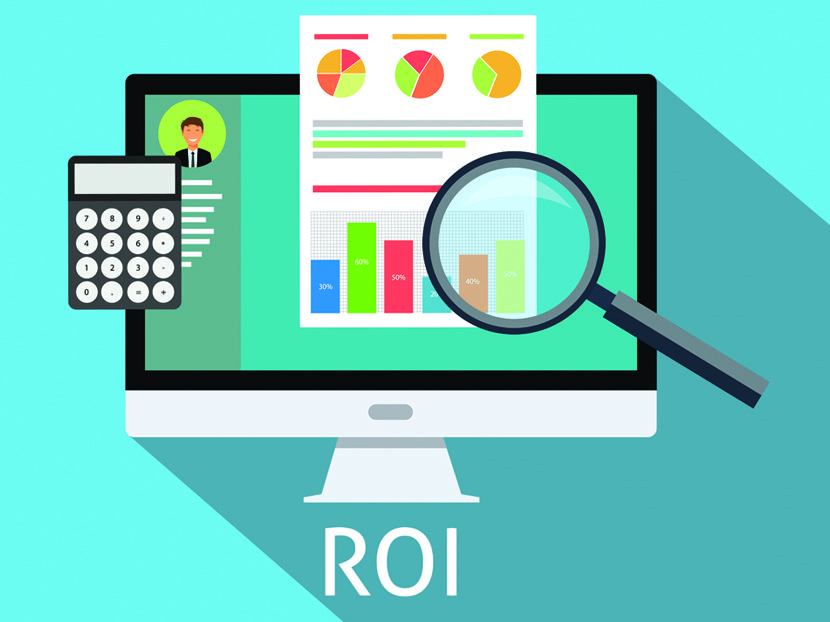The Secret to Getting ROI from CRM
Asking a few basic questions will really get the ROI to kick in.

It’s no secret that businesses across industries have fought to get return on investment (ROI) from customer relationship management (CRM). The problem: Many companies are so focused on the technology itself that they neglect the underlying sales processes that the technology will help them to automate and refine. That means that not only are they automating sometimes bad processes, they are struggling to get buy-in, because the “why” of CRM is getting lost.
It’s been my experience that companies typically fall short when it comes to implementing effective processes, especially at the lead and opportunity stages – what I call the front end of the sales cycle.
Why? Old habits are hard to break. Companies and individuals naturally resist change, and this particular change in culture can be difficult as it requires a change in the way your sales team typically works.
Back to Basics
I ask my clients early in their CRM evaluations to provide me with a list of what they want from CRM. What I frequently get back is a long list of features, such as linking with Outlook, web-based, user-friendly, emails, mobile and so on. These are all great, but focusing on features first puts the cart before the horse. They need to start instead with the processes they want to improve.
Imagine the 360 degrees of the sales cycle (Figure 1). The front end includes leads and opportunities. The back end is the quote-to-order stage.

I’ve run into far too many companies in the past 20 years who are managing their businesses from the back end of the sales cycle. I understand this. At the beginning of my sales career, I, too, was guilty of focusing primarily on the back end. But for a true competitive edge, the place to start is the front end of the sales cycle, a prerequisite for getting ROI from CRM.
Honestly evaluate your own approach.
Critically analyze and grade your company’s processes around the steps that make up the lead, opportunity, quote and order stages from one to five, with one being weak and five being the strongest (Figure 2). For example, within the lead stage, rank your company’s effectiveness in lead generation, lead qualification and lead follow-up.

After you’ve graded your effectiveness at each stage of the sales cycle, go into more detail by documenting each step of your company’s existing processes, from lead to opportunity to quote to order. Where are the gaps, inefficiencies and lack of visibility, especially on the front end (lead and opportunity stages)?
Get your team involved with this review. Make sure they have bought into the need for process improvements in each of these stages before implementing any changes. Getting them involved early will pay off down the road.
Use your results to identify areas of possible improvement, ranked by estimated benefit and difficulty level, and then create a plan to tackle them.
A Focus on Why, Not How
This approach puts process front and center, and provides the opportunity to give your team a reason to adopt CRM. It probably comes as no surprise that one of the top reasons CRM does not gain traction for some companies is culture. Always ask the question users are asking: “What is in it for me?” They need to understand how a new sales process and supporting CRM technology can help them do their jobs better and ultimately sell more.
Companies need to invest in training — not just at the start of implementation, but throughout the first year and beyond. You are setting your business up for the success of your CRM, so don’t skimp. It’s not just training on how to use the new system; more importantly, it’s training on why.
That's the missing component for a lot of CRM companies that train users. They train them on how to add a new company and contact, or create and manage an opportunity. Or they focus on which form or tab to use to do this or that. But frequently what’s missing is why the company implemented CRM in the first place. What value will it provide your team?
For example, clicking a button in your CRM may allow a salesperson to get a report that shows all opportunities by customer and expected close date, helping them to prioritize each day. Or when they click on a given product code in their activity log, managers may be able to better answer questions from manufacturers when they call, strengthening vendor relationships and potentially opening up more opportunities for your business.
The more you can explain to your team why they are doing this, and what a particular process enables, the better off your company will be. You want every member of your team to see the bigger picture.
Show them what shifting to a focus on the front end of the sales cycle will do for the company. Have your team do some exercises showing that there are gaps in the communication between all departments and what filling those gaps with CRM can do for the company. Help them understand how a single click can add incredible value to the team.
That’s how you get ROI from CRM.
– BY BRIAN GARDNER Special to The Wholesaler




